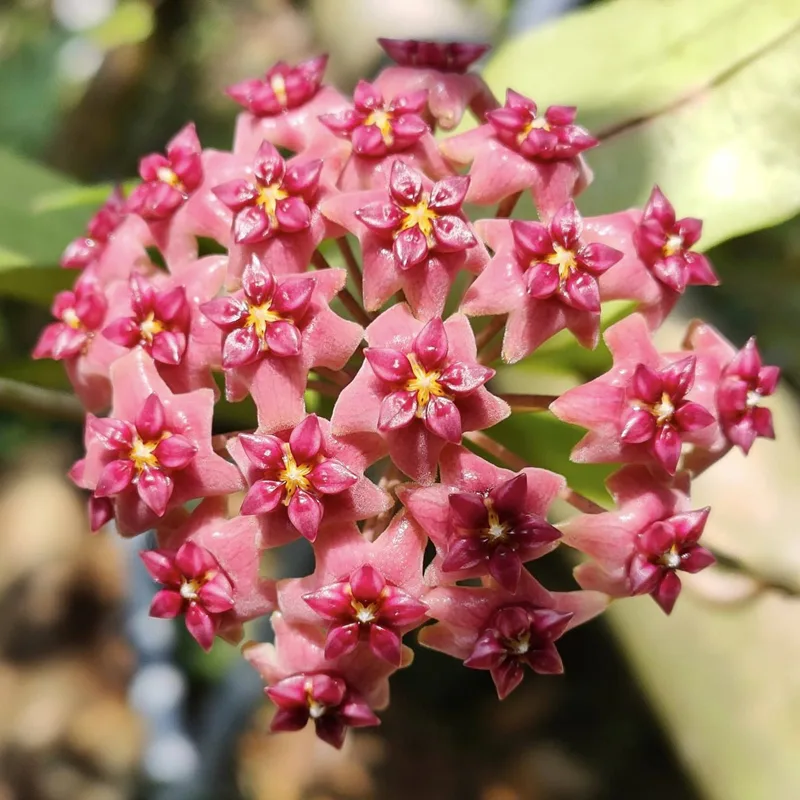My Fascination with Myrtillocactus
I’ve always been drawn to the unique beauty of cacti family – Cactaceae. Their ability to thrive in harsh conditions, their diverse forms, and their striking blooms have always fascinated me. Among the many cacti genera I admire, Myrtillocactus holds a special place in my heart.
The name Myrtillocactus, derived from the Greek word “myrtillus” meaning “little myrtle,” is quite fitting. It refers to the small, blueberry-like fruits that these cacti produce. These fruits are not only visually appealing but also edible, adding another layer of intrigue to this remarkable genus.
Discovering the Diversity of Myrtillocactus
Myrtillocactus is a relatively small genus, with only four recognized species. However, each species boasts unique characteristics that make them stand out in the world of cacti. Let’s take a closer look at these fascinating species:
- Myrtillocactus geometrizans: This is perhaps the most well-known species in the genus. It is a large, tree-like cactus that can reach up to 15 feet in height. Its columnar stems are adorned with numerous ribs and areoles, giving it a distinctive geometric appearance. This species is also known for its beautiful white flowers and edible, dark purple fruits.
- Myrtillocactus cochal: This species is native to Baja California, Mexico. It is a smaller cactus compared to M. geometrizans, typically growing up to 10 feet tall. It has fewer ribs and areoles than M. geometrizans, giving it a more streamlined look. The flowers of M. cochal are also white, but they are slightly larger than those of M. geometrizans.
- Myrtillocactus eichlamii: This species is endemic to Guatemala. It is a shrubby cactus that typically grows up to 6 feet tall. It has slender stems with numerous ribs and areoles. The flowers of M. eichlamii are white with a pinkish tinge, and they are smaller than those of the other two species.
- Myrtillocactus schenckii: This species is also native to Mexico. It is a relatively rare cactus that is characterized by its long, slender stems and its small, white flowers.
The Allure of Myrtillocactus geometrizans
While all Myrtillocactus species are captivating, I find myself particularly drawn to Myrtillocactus geometrizans. Its imposing size, striking geometric form, and beautiful flowers make it a true showstopper in any cactus collection.
I recall the first time I encountered a mature M. geometrizans specimen. It was in a botanical garden, and the plant towered over me, its numerous columnar stems reaching towards the sky like majestic pillars. The stems were a beautiful shade of blue-green, and they were covered in intricate patterns of ribs and areoles. The plant was in full bloom, and its large, white flowers were a sight to behold. I was mesmerized by its beauty and grandeur.
Cultivating My Own Myrtillocactus
Inspired by the beauty of M. geometrizans, I decided to cultivate my own. I started with a small cutting, and I nurtured it with care, providing it with ample sunlight, well-draining soil, and occasional watering. Over time, my cutting grew into a healthy, thriving plant.
I take great pride in my M. geometrizans. It is a constant source of fascination for me, and I enjoy observing its growth and development. I am always eager to share my knowledge and passion for this remarkable cactus with others.
The Importance of Conservation
As with many cacti species, Myrtillocactus faces threats due to habitat loss and illegal collection. It is crucial that we take steps to conserve these magnificent plants for future generations to enjoy.
I believe that education and awareness are key to conservation efforts. By learning about the unique beauty and ecological importance of Myrtillocactus, we can foster a sense of appreciation and responsibility towards these plants.
I am committed to doing my part in conserving Myrtillocactus. I support organizations dedicated to cactus conservation, and I encourage others to do the same. I believe that by working together, we can ensure that these remarkable plants continue to thrive in their natural habitats for many years to come.
In conclusion, Myrtillocactus is a captivating genus that exemplifies the unique beauty and resilience of cacti. Its diverse species, each with its own distinct characteristics, offer a fascinating glimpse into the world of succulent plants. I am proud to be a cultivator and admirer of Myrtillocactus, and I am committed to contributing to its conservation.
If i die, water my plants!



